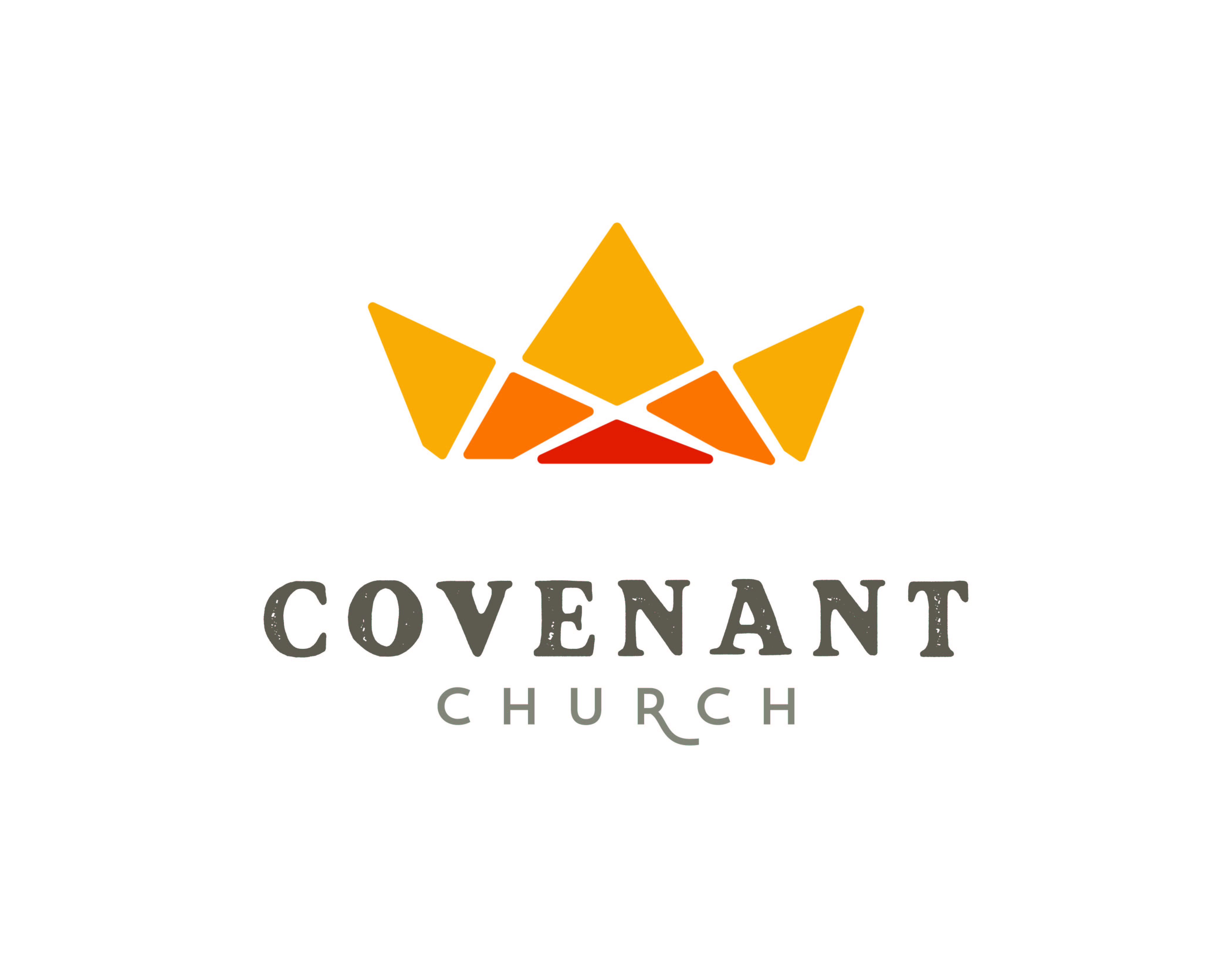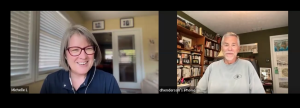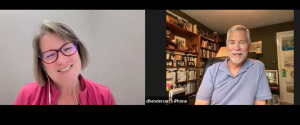The illustration of a tapestry is often used to describe the way biblical themes are woven together. When seen as a unit, the individual threads form a beautiful and unified picture of God’s revealed character and plan for redemption. As I was reading, I ran across two different “threads” that kept emerging and I thought I’d share them with you today.
The first thread clearly appears in Deuteronomy 18:18, 19 where God said to Moses, “18 I will raise up for them a prophet like you from among their brothers; I will put my words in his mouth, and he will tell them everything I command him. 19 If anyone does not listen to my words that the prophet speaks in my name, I, myself, will call him to account.” We see it again in 34:10 where, after Moses died, we read “10 Since then, no prophet has risen in Israel like Moses, whom the Lord knew face to face, 11 who did all those miraculous signs and wonders the Lord sent him to do in Egypt—to Pharaoh and to all his officials and to his whole land. 12 For no one has ever shown the mighty power or performed the awesome deeds that Moses did in the sight of all Israel.”
This is a timely promise. As Moses makes his exit the people learn that one day God will send another prophet who will be like Moses, one who will hear directly from God and communicate all that God wants said. This new prophet will have a face to face relationship with the LORD and will be identified by his many miraculous wonders and signs that he will do in front of everyone. For the young generation about to lose the only leader they had known, this must have been encouraging news.
At this point, the thread disappears and does not clearly show its color again until John records how Jesus fed 5,000 (likely more than 10,000) people with only five loaves of bread and two fish. This massive crowd of Jews was in the wilderness. They were far away from any of their own resources when Jesus gave them bread. Hmmmm. A supernatural supply of food while in the desert. Sound familiar? The people in the crowd thought so.
When Jesus later told them to believe in the One whom God had sent they replied, “What miraculous sign then will you give that we may see it and believe you? What will you do? 31 Our forefathers ate the manna in the desert; as it is written: ‘He gave them bread from heaven to eat’” (6:30-31). Let’s say the same thing in another way. “You just gave us barley bread in the wilderness. If you will do what Moses did, and recreate the manna from heaven for us, we will believe your words.” On the surface this sounds like a marvelous opportunity. If Jesus recreates manna from heaven He instantly gains more than 10,000 new followers! While it sounds great, there is a problem. This group was already bent on forcing Jesus to become their king (6:15). They wanted him to be the prophet like Moses who would help them raise the sword and kick out the “Canaanites” around them so that they could take back the Promised Land. Rather than giving them manna, Jesus gave them a hard teaching, so difficult that “From this time many of his disciples turned back and no longer followed him” (6:66).
Was Jesus the “prophet like Moses” promised in Deuteronomy 18? Let’s look for more of the thread. Remember how God said this prophet would speak His words and that the people must listen to him? Check out what Jesus had to say in John 12.”49 For I did not speak of my own accord, but the Father who sent me commanded me what to say and how to say it. 50 I know that his command leads to eternal life. So whatever I say is just what the Father has told me to say” (see also John 8:25-29). But it was not just His words, the miracles He did in His Father’s name also spoke for Him (John 10:25, also John 9:30-33). Check out also what the Father said to Peter, James and John on the Mount of Transfiguration. “This is my Son, whom I love; with him I am well pleased. Listen to him!” (Matthew 17:5, emphasis added).
After His resurrection, Jesus met with two disciples on the road to Emmaus. As they walked, Jesus taught them. “And beginning with Moses and all the Prophets, he explained to them what was said in all the Scriptures concerning himself” (Luke 24:27). With this teaching Jesus sends the thread back to our Old Testament readings and challenges us to keep our eyes open for the many “theme-threads” that, even in this part of the Bible, point us to Him.

While the tapestry is amazing, following threads can lead to some pretty stunning discoveries too! Let me offer the second thread as an assignment. As you read Psalm 119 take special notice of verses 50, 67, 75, 92, 107, 116, 147 and 153. Lay this thread on the table by reading the verses in sequence and ask the Lord to show you more about what this thread has to say about our suffering and God’s faithfulness through His Word. Did one verse seem to catch your attention more than another? Go back to it and read it slowly several times. Is God saying something to you through that verse today? What other Bible passages can you add to fill out this picture of our suffering and God’s provision?
Isn’t this the most amazing stuff you have ever read?!
Grateful for ever step on this journey with you.

Rob Eyman
*Quiz Question: Did Moses ever make it into the Promised Land? (Hint—Check out Matthew 17:3)






